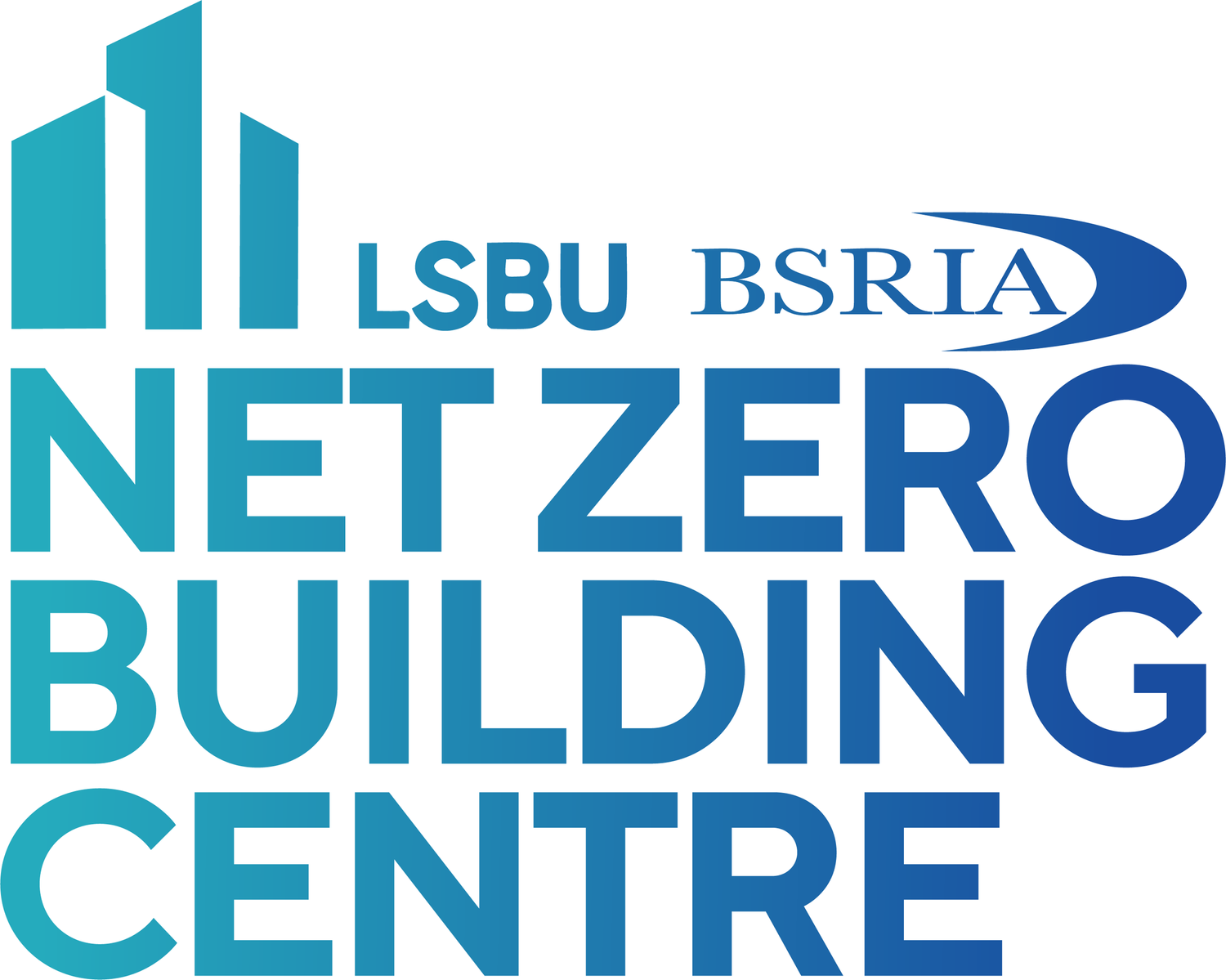Participation in domestic energy retrofit programmes: key spatio-temporal drivers
Authors: Eugene Mohareb, Aaron Gillich, David Bristow
Abstract:
The Canadian government created the EcoENEGY Retrofit for Homes programme (2007–12) to improve residential energy efficiency and reduce emissions produced through energy use. The uptake of retrofits varied both spatially and temporally. This research examines spatio-temporal patterns of retrofit adoption to understand the drivers behind participation in the grant programme and assess how future grant-based programmes might improve the uptake of efficiency measures. Temporal analysis demonstrated continued growth of programme participation over its original period of availability, and this accelerated once the programme was extended for an additional year after its original closure date. However, some spatial correlations weakened, which may be attributable to changes in programme design during the extension period. Seasonal variation was also observed, with spikes in retrofit activity occurring in winter. A regression analysis for conversion rates in Ontario and British Columbia displayed significant positive correlations for high shelter costs (>30% of household income) and households occupied by usual residents (regular occupants). Population density, median property value (only in Ontario) and units that were recently occupied demonstrated negative correlations. Spatial variation at both the city and neighbourhood levels suggests a greater degree of programme customisation is required to ensure uniform building stock improvement.

